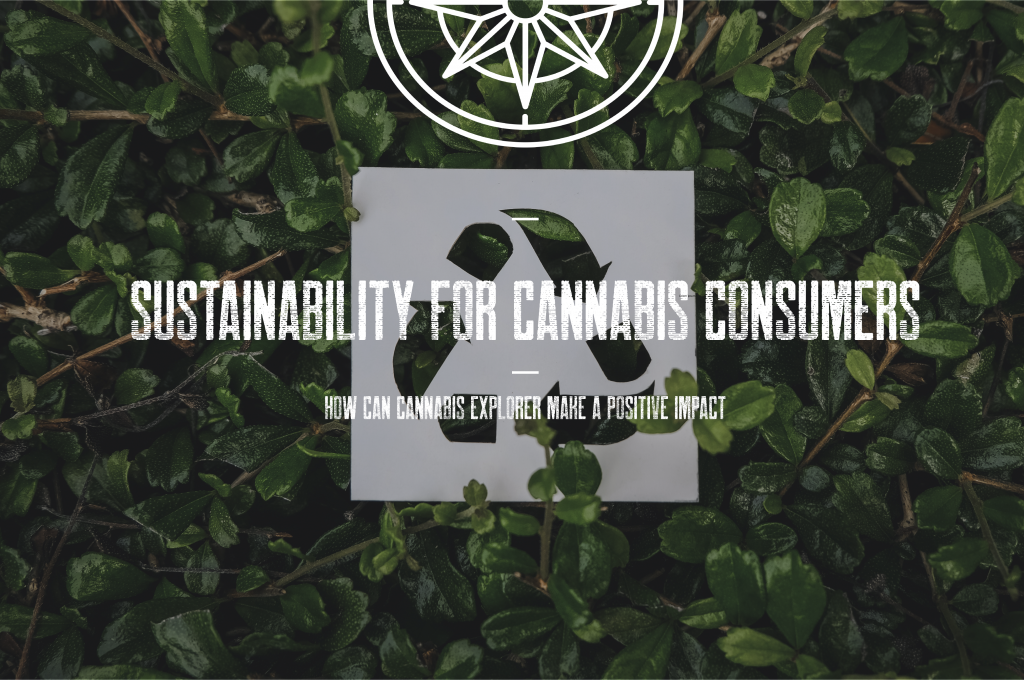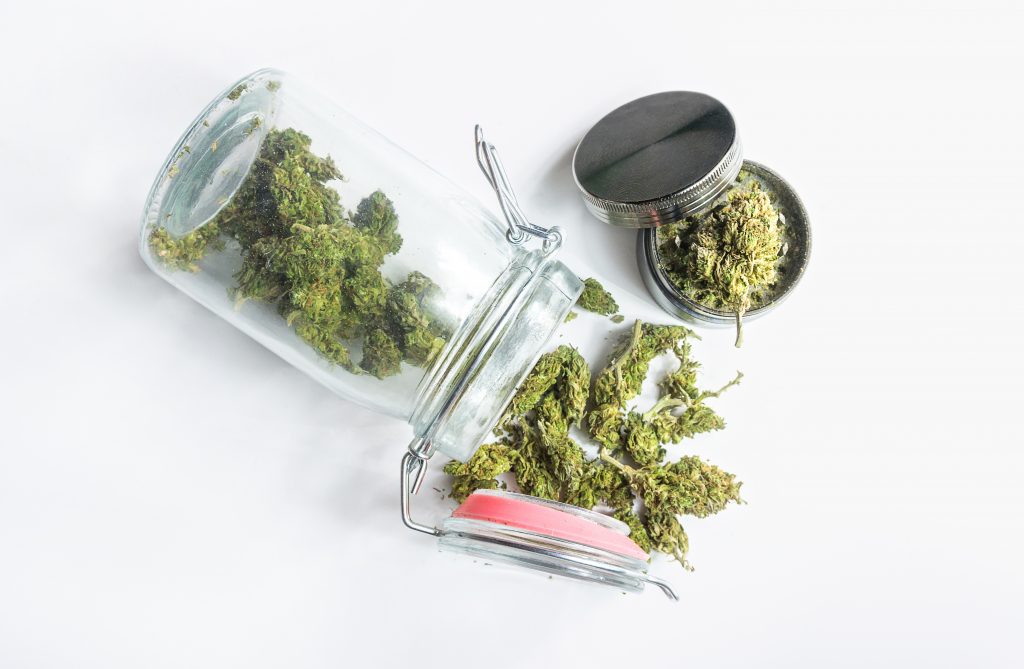
Reducing Cannabis Waste
Our previous article talked about what cannabis growers and retailers are doing to make their industry green. In this article, let’s learn about what we can do as cannabis consumers to reduce our environmental impact. The process of growing and refining cannabis products can be detrimental to the environment, with high water and energy consumption required to produce the product. And though many growers are moving towards more sustainable practices, some responsibility still falls on consumers to do their due diligence when it comes to selecting sustainable brands and taking care of their waste at home.
It’s important that consumers are aware of where their cannabis comes from, and how their personal habits can make an impact when it comes to cannabis consumption. With just a little bit of extra effort, all of us can help contribute to a greener cannabis industry.
It is everyone’s responsibility to understand their impacts to keep our planet healthy.
Reducing Cannabis Impact
There are three key components to eco-friendly cannabis: reduce, reuse, recycle. Sound familiar? You have probably heard about the three R’s before, but they are still just as important today. The first step is reducing impact and waste by being conscious of what a product is made of and making informed purchases. Look up your favourite brands and growers and see what their practices are. Don’t like what you see? Vote with your wallet and purchase products that you trust and believe in. When consumers consciously choose products that are sustainably grown, local, and organic when possible, it sends a message to retailers and growers that consumers are willing to put their money where their mouth is when it comes to sustainability.
There are innovations happening throughout the industry, from sustainable growing techniques to plastic-free and compostable packaging. Hemp is making a comeback as an eco-friendly packaging solution, and there are some really innovative products out there like biodegradable pipes and rolling trays that reduce consumer demand for plastics. Where things can’t be degraded, buying high quality glass pieces can also save you from having to buy the same pieces over and over again. And if you vape, make sure you go for a refillable, not a disposable one. It’s an investment, but one that will pay off for both you and the planet as most vape heads and bodies are non-recyclable. If you prefer to hit a joint, make sure to properly dispose of your butts. Not only is litter gross, it can be a fire hazard.
We like to smoke up, but not entire forests! If you’re not familiar with public cannabis smoking rules, check out our previous blog: Smoking in Public – it goes over safe consumption tips and best practices, focused on helping you limit your impact, both environmentally and socially.

Reusing Cannabis Products
There are many ways to reuse plastic and glass packaging. Glass jars are perfect storage containers for things like spices, loose-leaf teas, paper clips, jewelry, and more! You can also get crafty and turn your glass jars into candles, terrariums, or snowglobes. This handy guide from The Green Organic Dutchman shows you how to decorate and accessorize your packaging into a christmas tree ornament.
You can even place a pump top on an old jar and use it as a homemade soap dispenser, which will not only save your jars from the landfill, but will also save you from wasting plastic soap bottles. If you have a green thumb, plastic containers can be a new home for your seed starters or for an herb garden, and you can reuse plastic joint tubes to store items like cinnamon sticks, vanilla bean pods, or even your own home-rolled joints. You could make a “gratitude jar” or a “date night jar”, and put slips of paper in when you want to be mindful about gratitude, or when you need an idea for what to do next Friday night. (Due North can help with that too!)
With a little care and creativity, your old cannabis containers can be repurposed in many ways, keeping them out of the landfill.

Recycle Cannabis Products
Depending on your town or city, you can recycle cannabis packaging curbside or at your local recycling centre. You can check the bottom of your plastic containers to see if and how they can be recycled. Containers with the Plastic Code 1 or 2 are recyclable, while Plastic Codes 4 and 5 are only recyclable at certain locations.
If you aren’t able to recycle your cannabis packaging at home, check your local dispensary. Many cannabis retailers have partnered with the Terracycle program to recycle items like containers, certain vape cartridges and batteries, and even inside and outside plastic packaging. Check out the link to look up the closest Terracycle location near you and to make sure that your particular brand of cartridge or battery can be accepted. If you aren’t close to a partner retailer, you can even sign up online and they can mail you a free shipping label.
With so many options for recycling and repurposing, there’s really no excuse for throwing your cannabis packaging in the garbage.
To be an eco-friendly cannabis consumer, always follow the three R’s. Research producers to find ones that are serious about sustainability, buy quality products that are grown and packaged in eco-friendly ways, and choose reusable products and packaging over disposable ones. If you do end up with some containers, look around your home for ways that you can repurpose the items, either as storage containers or fun craft supplies.
Lastly, if absolutely necessary, make sure you recycle your products and the packaging they came in.
Making a Sustainable Cannabis Impact
With these three steps, cannabis consumers can do their part to keep our ganja green, just the way we like it!
And as always, let Due North be your guide to the three R’s in-store and online. Our guides are always happy to help you choose sustainable products and help you use them responsibly.
Any other ideas for sustainable stoners?
Let us know in the comments below

